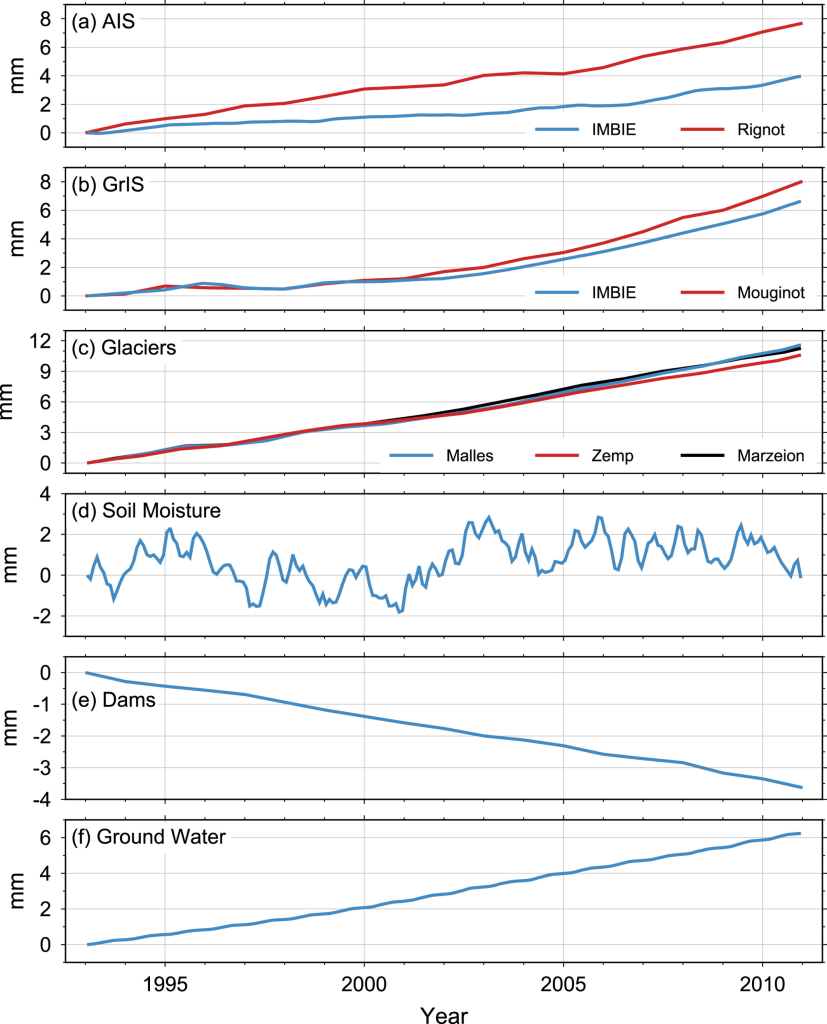Groundwater Pumping and Earth’s Tilt
A groundbreaking study published in the journal Geophysical Research Letters has linked the Earth’s tilt to extensive groundwater pumping. This activity, primarily for irrigation and human consumption, has displaced approximately 2,150 gigatons of water from underground reservoirs to oceans between 1993 and 2010. This movement of mass has caused the Earth’s rotational pole to drift significantly, much like adding weight to a spinning top, altering its balance and spin.

Lead researcher Ki-Weon Seo, a geophysicist at Seoul National University, emphasizes:
“Earth’s rotational pole actually changes a lot. Our study shows that among climate-related causes, the redistribution of groundwater actually has the largest impact on the drift of the rotational pole.”
The study identifies regions like western North America and northwestern India as major contributors due to high levels of groundwater extraction.
The Connection Between Earth’s Tilt and Sea-Level Rise
The study also highlights the interconnectedness of Earth’s systems. As groundwater is pumped from beneath the surface and eventually flows into the oceans, it contributes to global sea-level rise. In less than two decades, this process has added 0.24 inches (6 millimeters) to global sea levels.

This reinforces previous findings from 2016, which first suggested that water redistribution could affect Earth’s rotation. The latest study provides concrete figures, showing that groundwater movement from midlatitude regions has the most significant impact on the planet’s rotational pole drift.
NASA scientist Surendra Adhikari, involved in earlier research, noted:
“They’ve quantified the role of groundwater pumping on polar motion, and it’s pretty significant.”
Implications for Climate Change and Conservation
The consequences of Earth has tilted 31.5 inches extend beyond the rotational pole drift. They underscore the broader impacts of human activity on the planet’s climate systems. As Seo points out:
“I’m very glad to find the unexplained cause of the rotation pole drift. On the other hand, as a resident of Earth and a father, I’m concerned and surprised to see that pumping groundwater is another source of sea-level rise.”
These findings highlight the urgent need for sustainable water management practices and increased awareness of how localized actions can have global repercussions. By understanding the effects of water redistribution on Earth’s systems, scientists and policymakers can develop strategies to mitigate further environmental damage.

The Future of Earth’s Rotation and Timekeeping
Interestingly, the Earth’s changing rotation may even affect timekeeping. Research suggests that these shifts could delay the addition of a “leap second” to the world clock, Coordinated Universal Time (UTC), which was initially expected in 2026 but might now occur in 2029.
The revelation that Earth has tilted 31.5 inches due to human activity underscores the profound impact of groundwater pumping on our planet’s natural systems. This tilt, combined with rising sea levels and changes to Earth’s rotation, serves as a stark reminder of the interconnectedness of human actions and environmental consequences. Addressing this issue requires global cooperation and a commitment to sustainable water management to protect Earth’s delicate balance for future generations.


